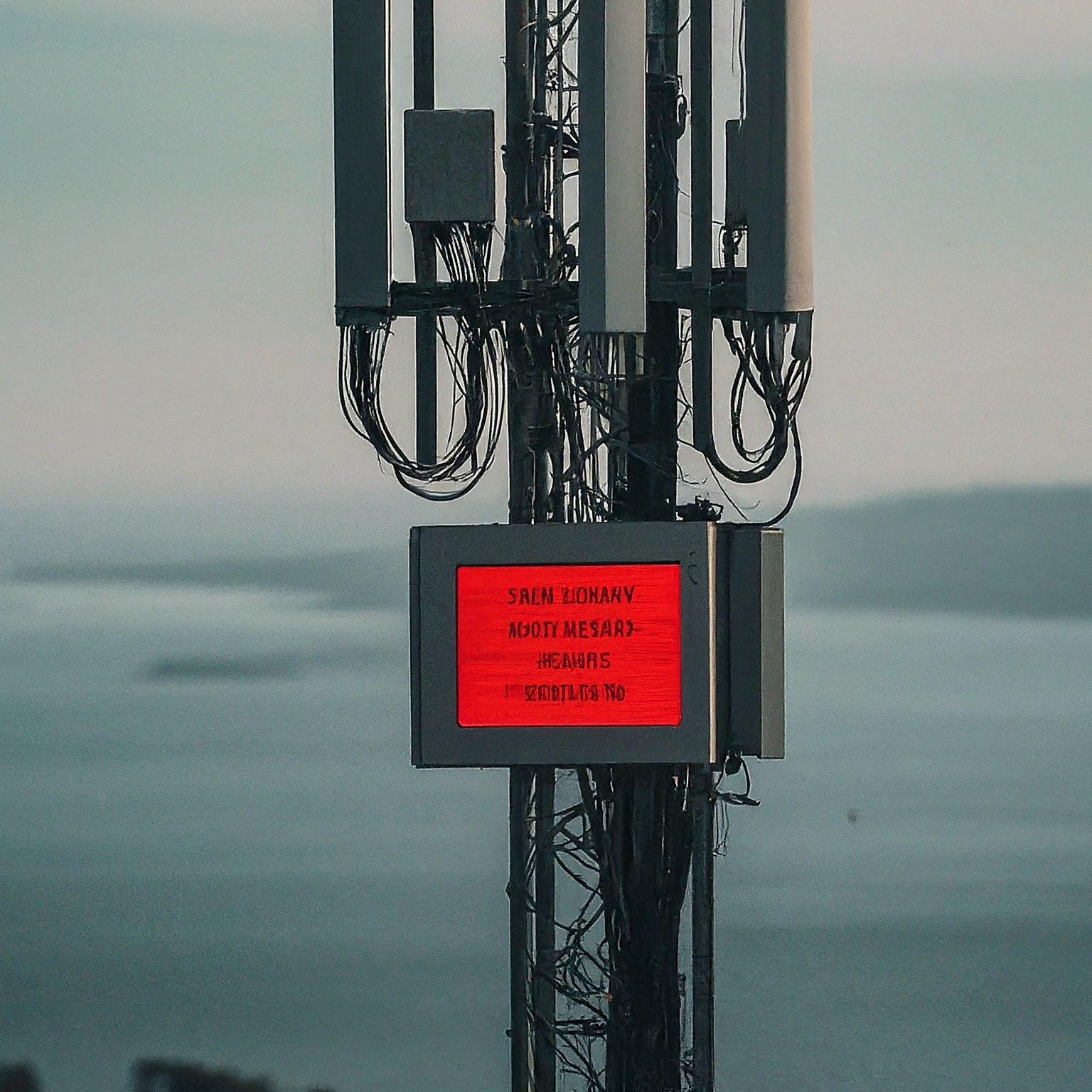In an increasingly connected world, where the internet is integral to our daily lives, the sudden disruption of service due to an AT&T outage near me can be both frustrating and inconvenient. Whether it’s for work, education, entertainment, or essential communication, a reliable internet connection is a necessity. This exclusive article explores the complexities of AT&T outages, provides you with essential information on how to determine if there’s an outage near you, offers troubleshooting tips, and suggests ways to stay connected even when your service is disrupted.

Understanding AT&T Outages: Why They Happen
Before delving into the specifics of identifying and dealing with an AT&T outage near me, it’s important to understand the common reasons behind such occurrences:
- Planned Maintenance: AT&T routinely schedules maintenance activities to upgrade its network infrastructure or resolve technical issues. These planned outages are usually communicated in advance, but unexpected delays can occur.
- Equipment Malfunctions: Problems with AT&T’s network equipment, including cell towers, fiber optic cables, or your own modem/router, can lead to localized or widespread outages.
- Natural Disasters: Severe weather conditions such as storms, hurricanes, or earthquakes can damage AT&T’s infrastructure, resulting in service disruptions.
- Cyberattacks: Malicious attacks on AT&T’s network can also cause outages, although these are less common than other causes.
- High Network Traffic: During peak usage times, the increased demand on the network can lead to slower speeds or temporary outages in certain areas.
Determining if There’s an AT&T Outage Near Me
When your AT&T internet or mobile service suddenly stops working, the first step is to determine if it’s an isolated issue or a widespread outage. Here are several ways to check for an AT&T outage near me:
- Check AT&T’s Outage Map: AT&T provides a dedicated outage map on its website (https://www.att.com/outages/) where you can enter your zip code or address to see if there are any reported outages in your area. The map displays real-time information about the type of outage, estimated restoration time, and any ongoing maintenance work.
- Use the myAT&T App: The myAT&T app allows you to report and track outages, view service alerts, and get personalized support. You can also sign up for text or email notifications about outages affecting your area.
- Third-Party Outage Websites: Several websites, such as DownDetector (https://downdetector.com/) and Outage.Report (https://outage.report/), aggregate user reports to provide real-time information on outages across different providers and locations.
- Social Media: Check social media platforms like Twitter for any trending hashtags or discussions related to AT&T outages near me. You can also follow AT&T’s official social media accounts for updates and announcements.
- Contact AT&T Customer Support: If you’re unable to find information online, call AT&T’s customer support to inquire about any known outages in your area. They can also help you troubleshoot any potential issues with your home network or equipment.
Troubleshooting Steps if There’s No Reported Outage
If there are no reported AT&T outages near you, the problem might be with your home network or devices. Here are some troubleshooting steps you can take:
- Check Your Modem and Router: Ensure that your modem and router are powered on and all cables are securely connected. Look for any blinking lights or error messages that might indicate a problem.
- Restart Your Modem and Router: Power cycle your modem and router by unplugging them, waiting for 30 seconds, and then plugging them back in. This can often resolve minor connectivity glitches.
- Check Your Device’s Network Settings: Make sure your device is connected to the correct Wi-Fi network and that the network password is entered correctly. If you’re using a wired connection, ensure the Ethernet cable is securely plugged into your device and router.
- Run Network Diagnostics: Most operating systems have built-in network diagnostic tools that can help identify and resolve connectivity issues.
- Clear Your Browser Cache and Data: If you’re having trouble accessing specific websites, clearing your browser cache and data can sometimes help.
- Contact AT&T Support: If you’ve tried all the basic troubleshooting steps and are still experiencing problems, contact AT&T’s customer support for further assistance.
Staying Connected During an AT&T Outage
While you wait for an AT&T outage to be resolved, here are some ways to stay connected:
- Use Your Mobile Data: If you have a smartphone with a data plan, you can use it as a temporary hotspot to connect your other devices to the internet.
- Visit Public Wi-Fi Hotspots: Coffee shops, libraries, and other public places often offer free Wi-Fi that you can use during an outage.
- Tether Your Phone to Your Laptop: If you have a USB cable and your phone supports tethering, you can connect your phone to your laptop and use its internet connection.
- Be Patient: Remember that AT&T is working to resolve the outage as quickly as possible. Stay informed through their communication channels and avoid overloading their customer support lines unless necessary.
Proactive Measures to Minimize the Impact of Outages
While outages are sometimes unavoidable, there are proactive measures you can take to minimize their impact:
- Have a Backup Internet Connection: Consider having a backup internet connection, such as a mobile hotspot or a separate internet provider, for critical situations.
- Invest in an Uninterruptible Power Supply (UPS): A UPS can provide temporary power to your modem and router during power outages, allowing you to stay connected for a short period.
- Download Important Files and Apps in Advance: If you anticipate needing specific files or apps during an outage, download them in advance to ensure you have access even without an internet connection.
- Communicate with Your Employer or School: If you rely on the internet for work or school, communicate with your employer or school about potential outages and alternative arrangements.
Conclusion
Experiencing an AT&T outage near me can be frustrating, but by staying informed, troubleshooting potential issues, and taking proactive measures, you can minimize the disruption to your daily life. Remember to check AT&T’s official channels for outage information, try basic troubleshooting steps, and utilize alternative connectivity options if necessary. By being prepared and informed, you can navigate internet outages with greater ease and resilience.


